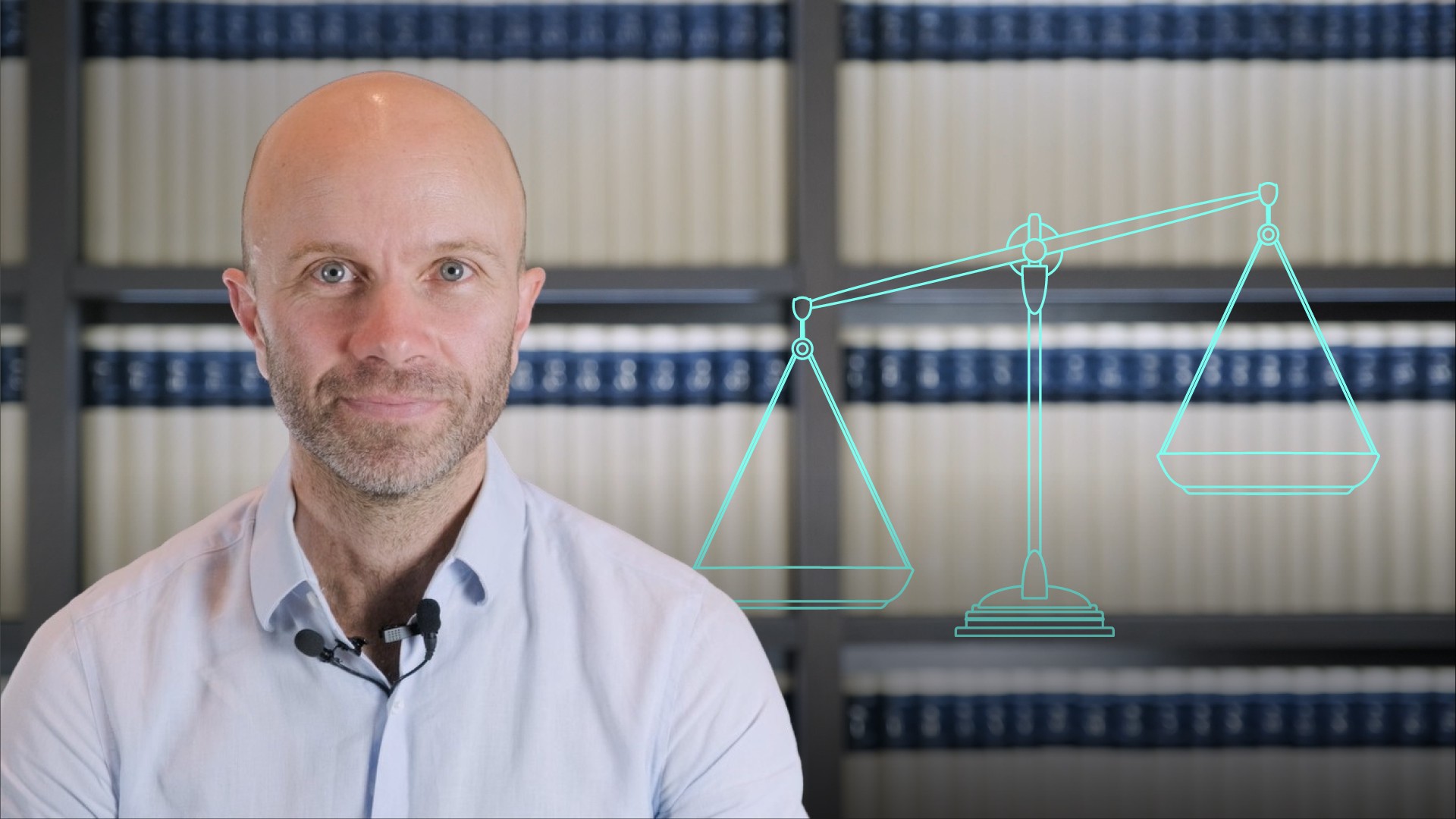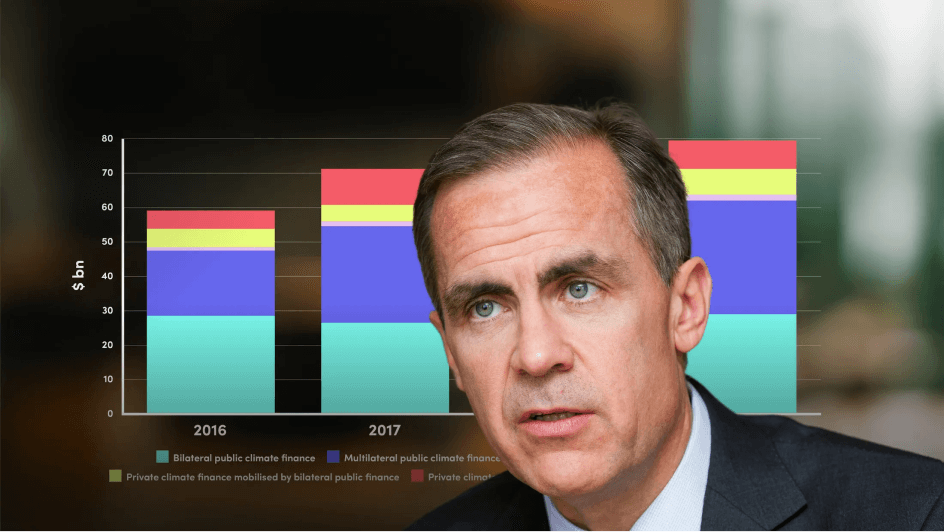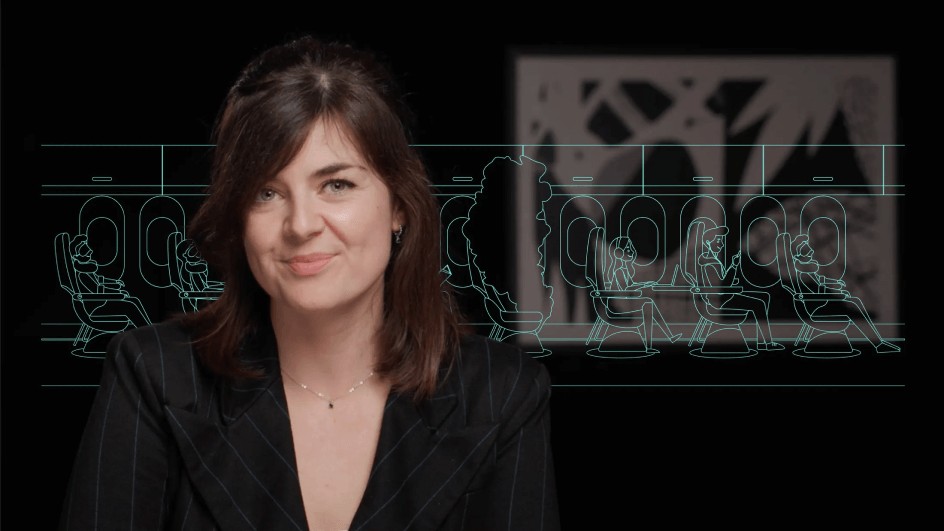
Renewable Energy Project Documents

Lachlan Tait
15 years: Renewable energy & project finance lawyer
In this video, Lachlan will explore the different document types, often referred to as "project documents," that are typically used for renewable energy projects, as well as look at how they influence bankability.
In this video, Lachlan will explore the different document types, often referred to as "project documents," that are typically used for renewable energy projects, as well as look at how they influence bankability.
Subscribe to watch
Access this and all of the content on our platform by signing up for a 7-day free trial.

Renewable Energy Project Documents
9 mins 45 secs
Key learning objectives:
Understanding different document types
How they influence bankability
Overview:
The documents we have talked through here make up the main project elements that must be bankable in order for a renewable energy project to secure non-recourse project financing.
Subscribe to watch
Access this and all of the content on our platform by signing up for a 7-day free trial.
What are the different types of project documents?
- Authorisations - A renewable energy project will require a host of regulatory authorisations. Key things to look out for in authorisations are deadlines, for example long stop dates and unduly onerous conditions. Failure to meet deadlines may give rise to adverse consequences, such as additional costs or termination. Analysis of the conditions of an authorisation may be best undertaken with the help of a specialist advisor.
- Land and access - Like any infrastructure project, renewable energy projects require land. This must be secured for periods long enough to cover the project's lifespan, typically upwards of twenty years. Proprietary land rights include ownership and leases, as well as rights giving exclusive possession of the land. Land must also of course be accessible, both for travel to the site, and within the site itself.
- Power purchase agreements - In renewables projects, power purchase agreements (PPAs) are the primary source of revenue. It is therefore critical that PPA revenues are de-risked to a degree satisfactory to lenders. On the commercial side, this means ensuring that the PPA's commercial terms are clear and robust. The volume of electricity to be sold must be certain, with project developers and lenders generally preferring "take or pay" arrangements. The PPA will be a key focus for project finance lenders and it is critical that the PPA is bankable from both an intra and inter-document perspective.
It must establish clear commercial terms, sensibly allocate risks and align appropriately with other relevant documents. If a change in law allows the seller to pass on increased costs under a PPA, this should be passed through to the buyer in the form of higher prices. - Construction - If PPAs are the main source of project revenues, then construction contracts are one of the main sources of project risks. Renewable energy developers generally prefer that renewable energy developers use an "engineering, procurement and construction" structure for the construction contracts. EPC essentially puts the full scope of designing the project, procuring the equipment and then constructing it all on a single party, the EPC contractor.
- Operation and maintenance - Once commissioned, projects must be operated in accordance with applicable requirements and maintained so as to ensure ongoing performance and longevity. The operation phase is generally less risky than construction and so presents fewer bankability issues. It is also the point at which developers will start to repay the project finance debt accrued under their term facilities.
- Connection - Renewables and other electricity projects generally require connection contracts in order to connect and export electricity to broader networks. Electricity networks are generally owned and operated by regulated monopolists, who earn a predetermined level of return for their provision of this essential infrastructure. Negotiations with these entities can be difficult, as they may hold the balancing of bargaining power. A key bankability point will be the risk of curtailment, which involves forcing a generator to reduce its electricity production, sometimes to zero.
What are the two dimensions of bankability?
- Intra-document bankability, whereby any individual document must itself not present risks unacceptable to lenders; and
- Inter-document bankability, in which misalignment across documents may create unacceptable risks.
Subscribe to watch
Access this and all of the content on our platform by signing up for a 7-day free trial.

Lachlan Tait
There are no available Videos from "Lachlan Tait"





























